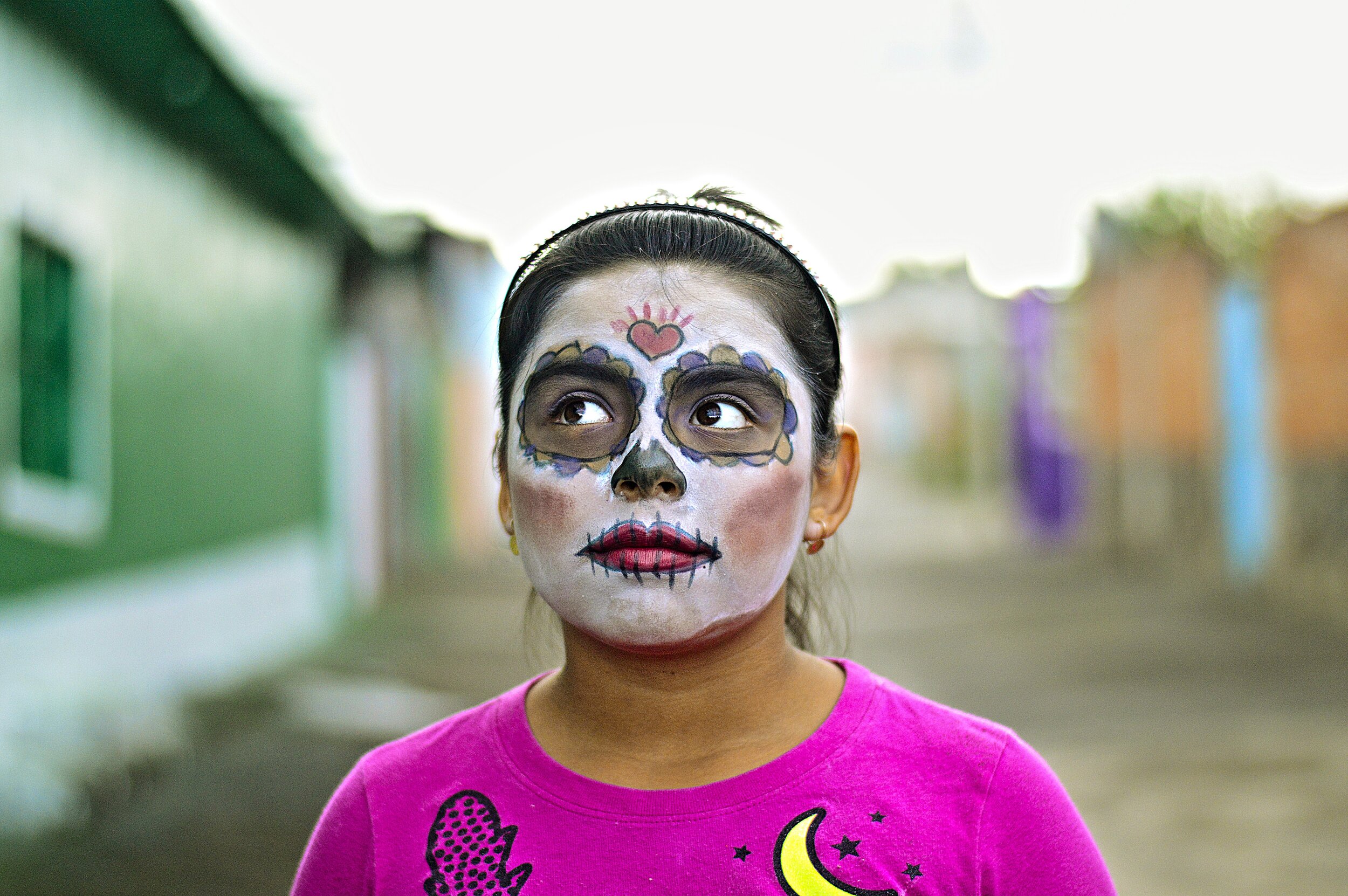Just prior to the death of George Floyd and a fresh wave of civil rights demonstrations taking hold of the US, InterVarsity Press released David W. Swanson’s Rediscipling the White Church: From Cheap Diversity to True Solidarity. A white man and ministry leader, Swanson pastors New Community Covenant Church, a multi-cultural congregation in the Bronzeville neighborhood of Chicago. Encouraged by his friends of color to speak to the topics of racism and whiteness in America, Swanson wrote Rediscipling in an effort to address a historic issue from this place in time. Many white Christians want to better understand the realities of systemic racism; they want to be better allies to their black and brown family. Swanson comes alongside these white believers, and the white church as a whole, with a historical, theological, biblical, and a deeply personal analysis of whiteness. Thoughtfully written and formed through the practical experience of pastoring, Swanson’s Rediscipling is a balanced resource for the ministry leader entering the hard work of racial reconciliation.
A Method Unquestioned
While Swanson’s Rediscipling is about whiteness, he begins in an unlikely place—the American church model of discipleship. The choice to begin here is an interesting one. For me, it proved successful in disarming my assumptions of the conversation. By starting with ministry method, not historical construct, Swanson reframes the topic at hand and captures the heart of the ministry leader. Swanson then employs philosopher Charles Taylor’s concept of social imaginaries. Taylor’s concept explains how our view of the world is shaped by what we expect from it.[1] Drawing on discipleship methodology, Swanson shows how white Christians have been discipled into racism by culture and the world in which we live, leading us to conceptualize people of color biasedly. Swanson states: “White Christianity has been blind to the powerful racial discipleship that has formed the imaginations of white Christians.”[2]
It is interesting to reflect on the many ways in which the white church has rightly identified ways the culture and values of the world lead believers away from the gospel and holy living. We are quick to identity pornography as a sexual distortion and critique our culture for promoting its creation and consumption. Sadly, our whiteness has not allowed us to see how our world has enculturated us away from the reconciling gospel of God on issues of race. Rather, we have been enculturated towards viewing the world through a lens of racial difference. Swanson rightly asks, what should Christians be discipled into? How do the values of God’s Kingdom speak to race, racism, and ethnic or cultural divides? Swanson argues biblically and theologically that our white church discipleship has not produced Christians who mirror the God who desires to reconcile all things to himself: Jew, Roman, male, female, regardless of socio-economic status or color of skin. Rather we have been discipled by our world when it comes to matters of racial division. Swanson explains: “We can think of the narrative of racial difference as invisibly polluted air or contaminated water; the fact that we don’t recognize it doesn’t dull its impact on our way of moving through the world.”[3] How did we get to this place of being discipled into what Swanson calls racial difference? This is where the turn to history is important.
A History Unheard
If historical evidence has fallen on deaf ears in discussions of race, Swanson utilized it successfully. By approaching the conversation of whiteness first as a discipleship and cultural issue, Swanson interweaves the historical underpinnings for why American history and culture has discipled white Christians into white privilege. Swanson’s use of history spans the entirety of his book but comes heavily into play in the chapter, “Wounded by Race.” The conversation gets challenging here for the white believer, as Swanson unpacks the tragedy and evils of whiteness as a racial construct and white privilege, at length. He addresses this honestly: “We prefer not to linger. Yet the discipleship journey to redirect our desires toward the reconciled kingdom of God cannot be rushed.”[4] Many discussions of whiteness begin with the historical construct, using it as evidence to prove systemic racism. These evidences are not always well received by white believers as they present a new, unfamiliar, uncomfortable view of history. However, having already established the validity to the issues of race and whiteness, Swanson uses history well as explanation, not proof, for why these issues exist in America as they do. History becomes hard truth spoken to those who are ready to journey with Swanson through these tough realities. Swanson is not hurried, but he also speaks freely of the white Christian’s historical complicity to racism, segregation, and sin against their colored brothers and sisters. If you are willing to take this journey of learning with Swanson, you will make it to part two of Rediscipling, which paints the vision of the “reconciled kingdom of God.”[5]
A Vision Unseen
The second part of Swanson’s Rediscipling excites and provides hope for the ministry leader who wants practical steps forward for the internal soul work this book initiates. In each chapter, Swanson looks at a piece of congregational or fellowship life, analyzes it, and proposes ways these areas can be changed to allow believers to be re-discipled into racial reconciliation. Looking at children’s ministry, communion, liturgies, and potlucks, Swanson’s years of pastoral ministry shine through as he presents tangible ways in which white Christians can take their current practices and traditions and allow them to be informed by the reconciling gospel of Christ. Most significant is Swanson’s emphasis that re-orienting our hearts, lives, and congregations away from racial difference is possible even for believers in monolithic communities and congregations. Swanson explains that the goal of this re-imagined discipleship is to bring believers into true solidarity with the whole of the Body of Christ.[6]
This emphasis on solidarity rather than diversity, which has been championed in the race conversation at other points, allows for all to participate. Swanson explains: “The second reason for making solidarity our goal is that every expression of white Christianity can pursue gospel reconciliation immediately. Rather than outsourcing this essential Christian vocation to multiracial churches or to congregations in urban or racially diverse regions, every white congregation can contribute to the unity of the body of Christ across lines of cultural division.”[7] This vision of reconciliation, accessible even to believers in rural or suburban white communities, is a fresh vision for what must and can happen in the US church.
A Vision for All
While Swanson creatively and thoughtfully takes the reader on a journey to consider whiteness and reimagine discipleship, his target is ministry leaders. After finishing the book, I longed for a simplified and abbreviated version to hand off to my family and friends. Swanson writes as a practical theologian and pastor to those who have influence over church life. But this leaves me wondering if this critical conversation will get stuck at the leadership level, when so many lay persons are craving resources to take steps towards racial reconciliation. This brings us back to Swanson’s guiding ministry methodology—discipleship. Be it through worship, conversation, communion, the preaching of the word, or a chat over coffee, the flourishing we long to see in our church communities and our world is only made possible through the original biblical mandate—to make disciples. While this discussion of whiteness is a bit heady to make it into the layperson’s evening reading, the essential information and journey that Swanson unfolds for the ministry leader is replicable in the lives of those we disciple and lead.
A Higher Vision
The margin note that will stick with me in my personal copy of Rediscipling is this: “He cast something in my mind I have not yet fully seen.” All theologians, from the pew to the pulpit to the academy, wrestle with the “already, not yet” of our faith. Nearly ever doctrine is touched with an incompleteness that calls our hearts home to the Father and a future completeness found only in the Son, Jesus Christ. Why should it be surprising to my soul that Swanson prompted this holy discontent through his discussion of whiteness and the American church. Swanson sees, not naively, a vision of what God intends for His Body—a reconciliation of all people to Himself within His one Body, the Church. For Swanson, we can work towards that now.
We can see a glimpse of the New Earth John spoke of in Revelation in our churches today. We can make ministry choices that change the trajectory of the American church—a trajectory that has been shaped by racial difference more than by the gospel of Jesus Christ. I saw a glimpse of this vision through reading and reflecting on Rediscipling. While my vision is incomplete, and there is so much growth to be done in my own heart, mind, and actions, I am convinced there is a way forward. There is, to quote the old hymn, “a higher plane” than we have previously found. And so my prayer for all of us is to say, “Lord, plant our feet on higher ground.”
About Emily C. Alexander
A first generation college graduate of a rural working class family, Emily C. Alexander recently completed her undergraduate degree in Ministry to Women at the Moody Bible Institute. Emily lives in Chicago where she enjoys long walks admiring architecture and pondering theological and sociological issues. Her hope is to impact the lives of women and the flourishing of the church through thoughtful theological engagement.






































